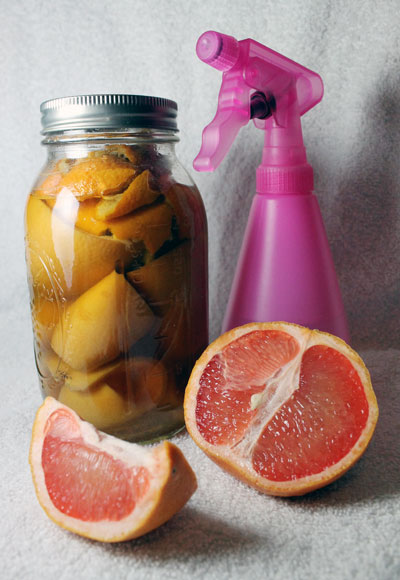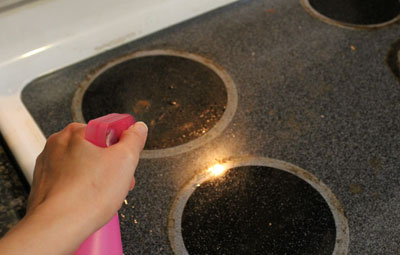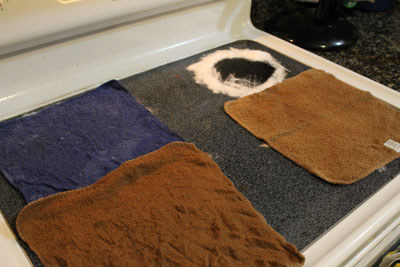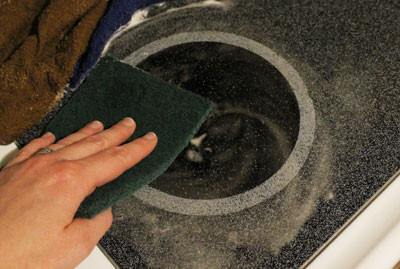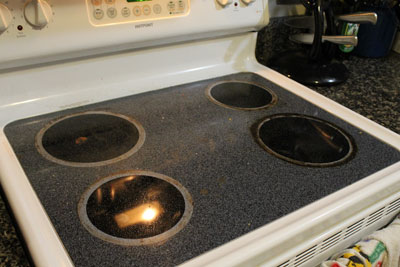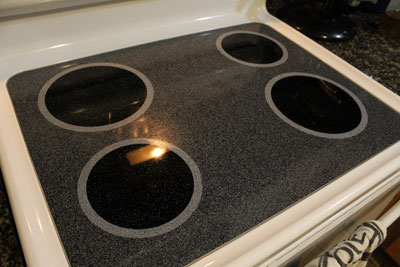I use vinegar to clean almost everything. I don’t mind the smell, but then again, I’ve been known to order Pickle Pops by the case. Some people balk at using vinegar as a household cleaner, because the smell can get a little intense.
Enter this excellent idea I found somewhere online (Pinterest, probably) for recycling citrus peels into all-purpose cleaner.
You will need:
A good-sized jar with a lid
Distilled vinegar
Citrus peels
Cut up the peels into manageable chunks. Roll up each piece of peel as tightly as you can, shiny side out, and put it in the jar. (Rolling causes the pores of the outer skin to release citrus oil, which is the key ingredient in those pricey biodegradable cleaners you get at the health-food store.)
Cover the peels with distilled vinegar, close the lid tightly, and let it sit on the counter. Add peels as you get them. Every time you add some peels, add enough vinegar to cover them. Any kind of citrus peel will work — orange, lemon, lime, grapefruit, etc. I bought a juicer recently and caught a sale on grapefruit, so I had a lot of grapefruit peels handy. I also had some Clementine oranges and a lime, all of which went in the jar.
Let the jar sit for at least a week after the last addition of vinegar. The longer it sits, the more it will smell like citrus instead of vinegar.
Strain the vinegar into a spray bottle and use it as you would Windex, Formula 409 or similar multipurpose cleaners. The peels can go in the compost pile. (Unless you’re vermicomposting, of course. Citrus and vinegar are both too acidic for worms.)
Emily


